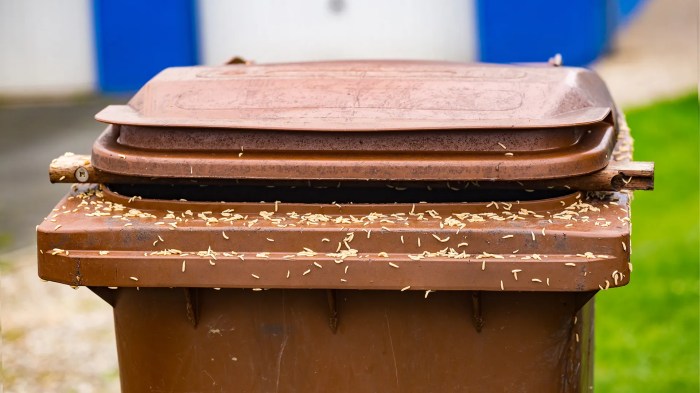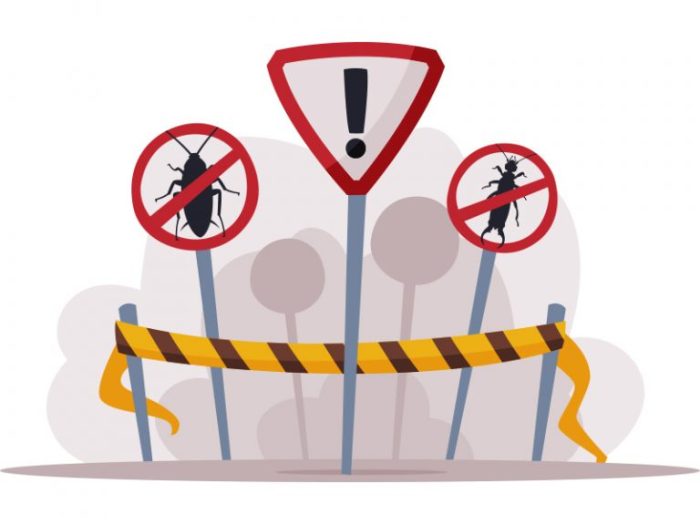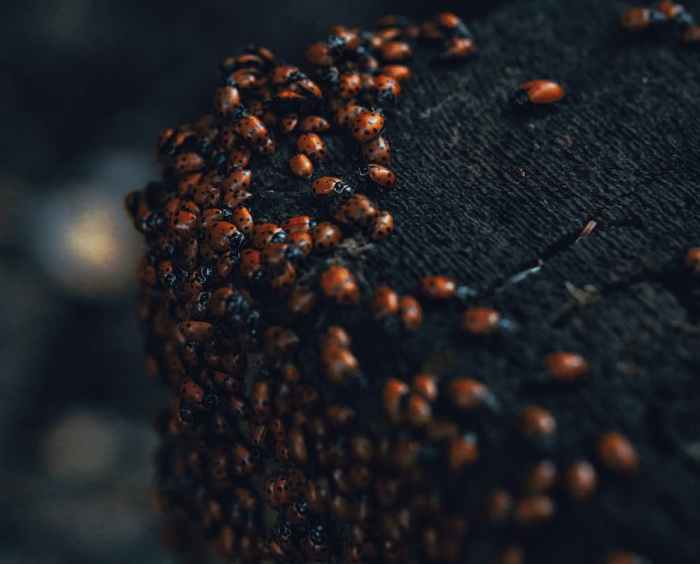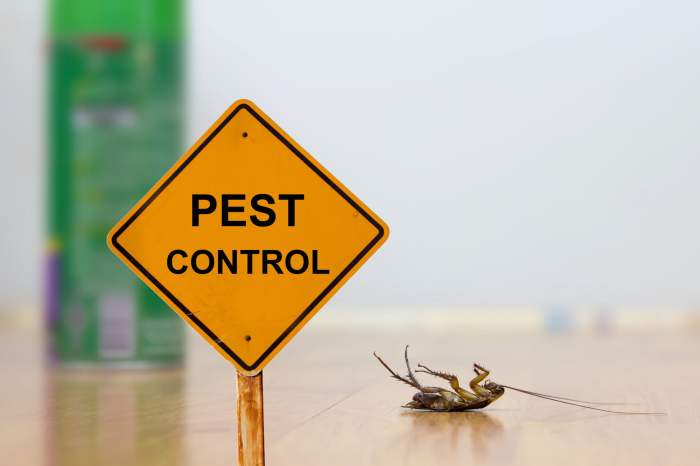How to prevent pest infestation of an outdoor dumpster? This comprehensive guide provides a deep dive into the topic, exploring the strategies and techniques to keep pests away from your outdoor dumpster, ensuring a clean and pest-free environment.
From identifying pest species and their preferred conditions to implementing physical barriers, maintaining proper waste disposal practices, employing pest deterrents and repellents, utilizing traps and monitoring devices, and implementing pest control measures, this guide covers all aspects of outdoor dumpster pest prevention.
1. Identifying Pest Species and Their Preferred Conditions

To effectively prevent pest infestations in outdoor dumpsters, it is crucial to identify the common pest species and understand the environmental factors that attract and support their presence.
Common Pest Species in Outdoor Dumpsters
- Rodents (rats, mice)
- Flies (house flies, fruit flies)
- Cockroaches
- Birds
- Ants
- Wasps
- Bees
Environmental Factors Attracting Pests
- Accumulated waste and food debris
- Openings and cracks in dumpster structure
- Standing water or moisture
- Warm temperatures
- Poor ventilation
2. Implementing Physical Barriers

Physical barriers play a vital role in preventing pest entry into outdoor dumpsters. Effective barriers are designed and constructed to seal off entry points and deter pests.
Barrier Design and Construction
- Use sturdy materials such as metal, fiberglass, or heavy-duty plastic for dumpster construction.
- Install screens or mesh over openings to prevent pests from crawling or flying in.
- Seal all cracks, gaps, and other potential entry points with caulk, sealant, or expanding foam.
Sealing Entry Points
Thoroughly inspect dumpsters for any openings or cracks that may allow pest entry. Seal these points using appropriate materials and techniques:
- Caulk:Use silicone or latex caulk to seal small gaps and cracks.
- Sealant:Apply polyurethane or epoxy sealant for larger openings or areas with high moisture.
- Expanding Foam:Fill larger gaps and voids with expanding foam, which expands to create a tight seal.
3. Maintaining Proper Waste Disposal Practices: How To Prevent Pest Infestation Of An Outdoor Dumpster

Proper waste disposal practices are essential in minimizing attractants that draw pests to outdoor dumpsters.
Regular Waste Removal
- Establish a regular waste removal schedule to prevent waste accumulation.
- Dispose of waste promptly to avoid spillage and decomposition.
Waste Segregation and Storage, How to prevent pest infestation of an outdoor dumpster
- Segregate different types of waste, such as food scraps, recyclables, and hazardous materials.
- Store waste in covered containers to minimize odors and prevent spillage.
Waste Compaction and Container Cleaning
- Compact waste properly to reduce volume and minimize odors.
- Clean dumpsters regularly to remove any residual waste or debris that may attract pests.
Essential Questionnaire
What are the common pests that infest outdoor dumpsters?
Common pests that infest outdoor dumpsters include flies, rodents, cockroaches, and birds.
How can I identify pest species and their preferred conditions?
Observe the type of waste in your dumpster, the surrounding environment, and the presence of attractants like food scraps or moisture to identify pest species and their preferred conditions.
What are some effective physical barriers to prevent pest entry?
Physical barriers include screens, mesh, and sealants to close off entry points like cracks, gaps, and holes in the dumpster.
